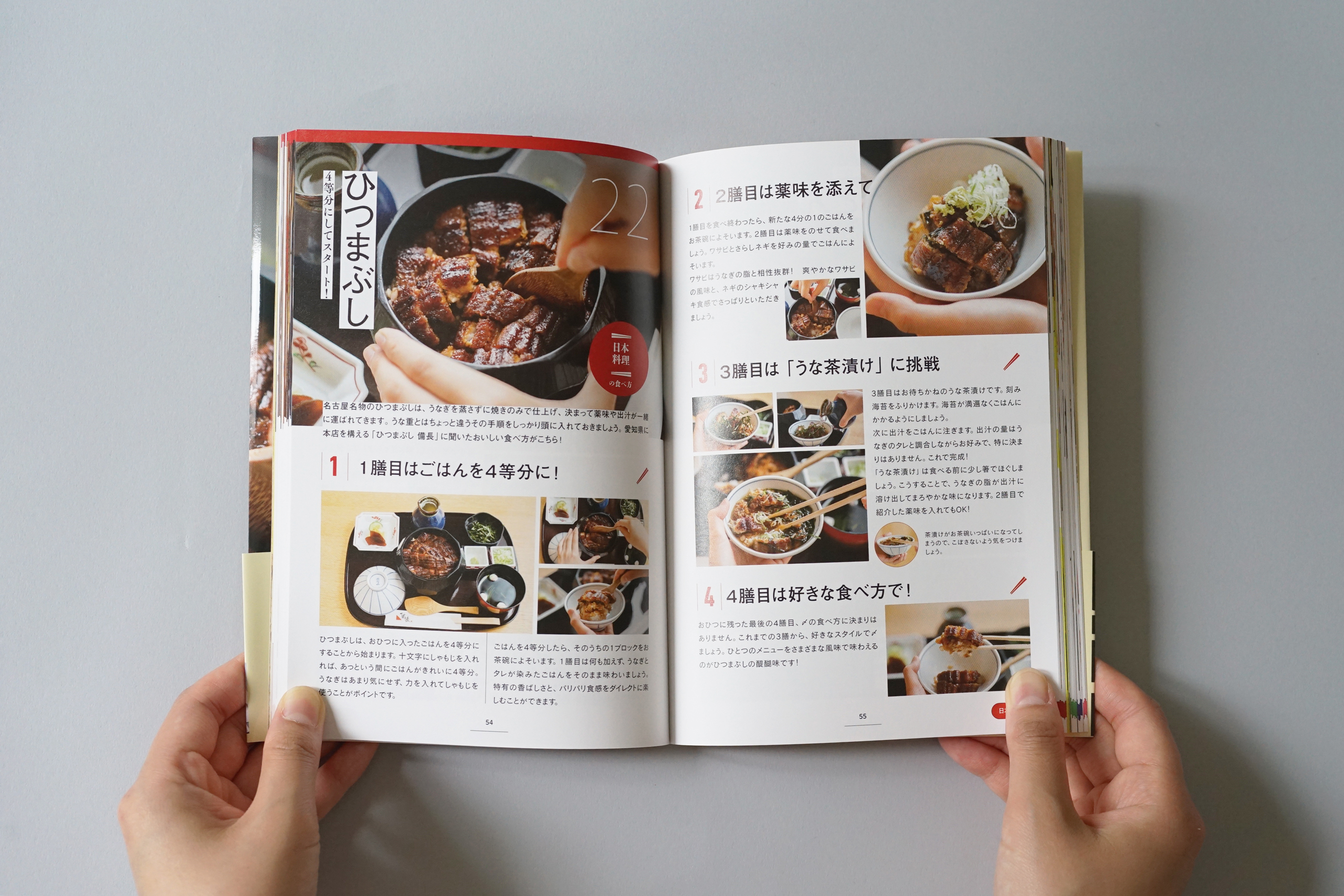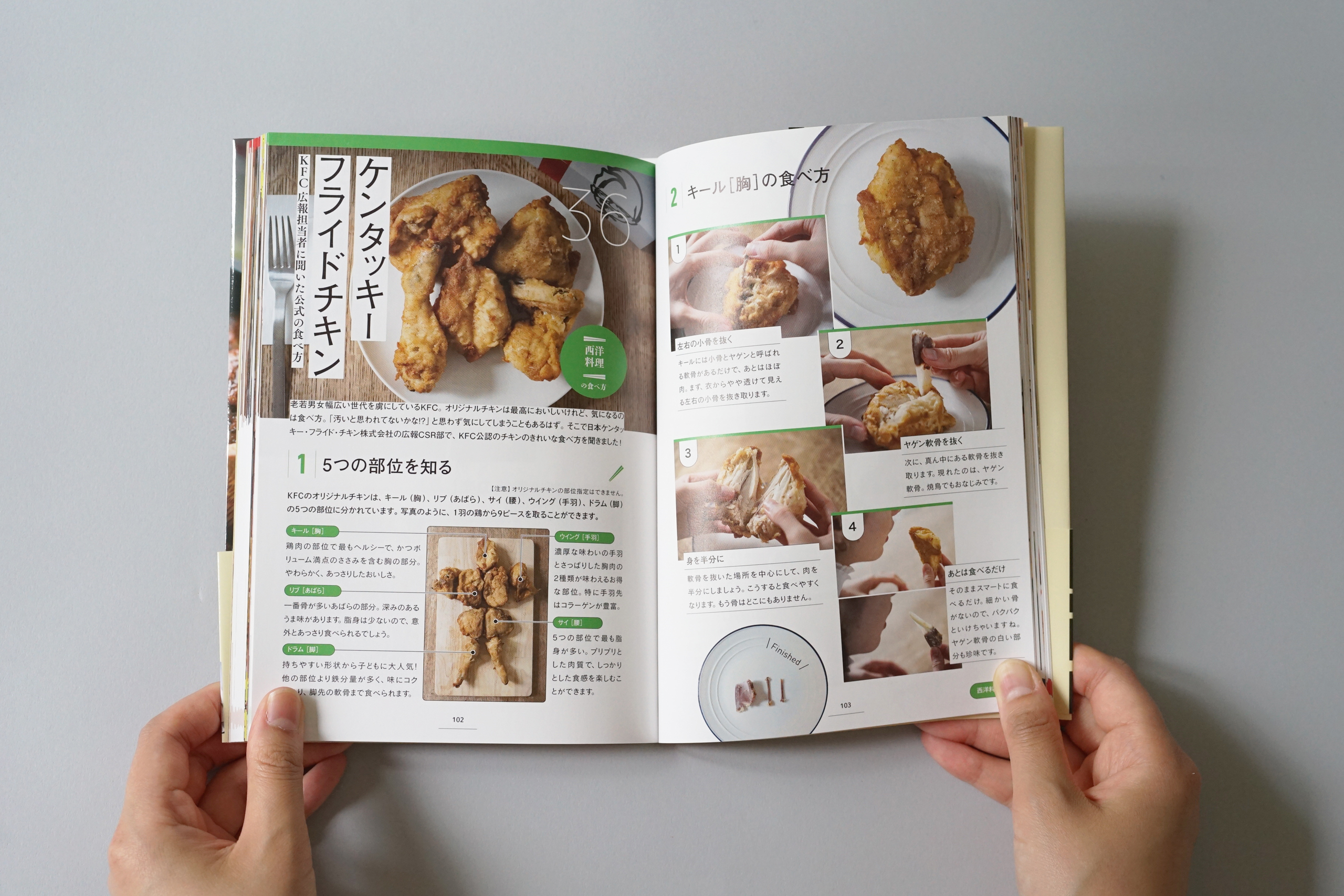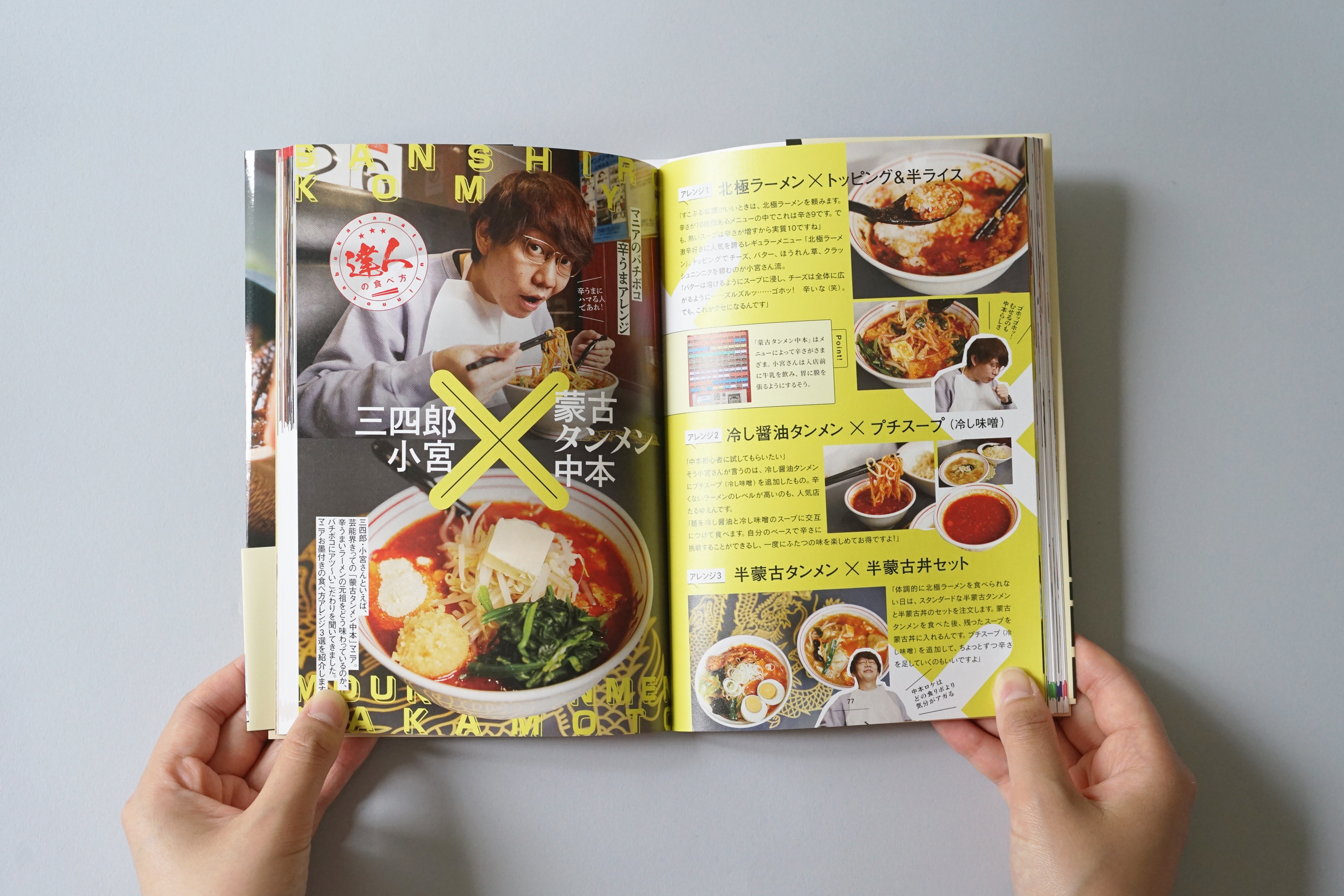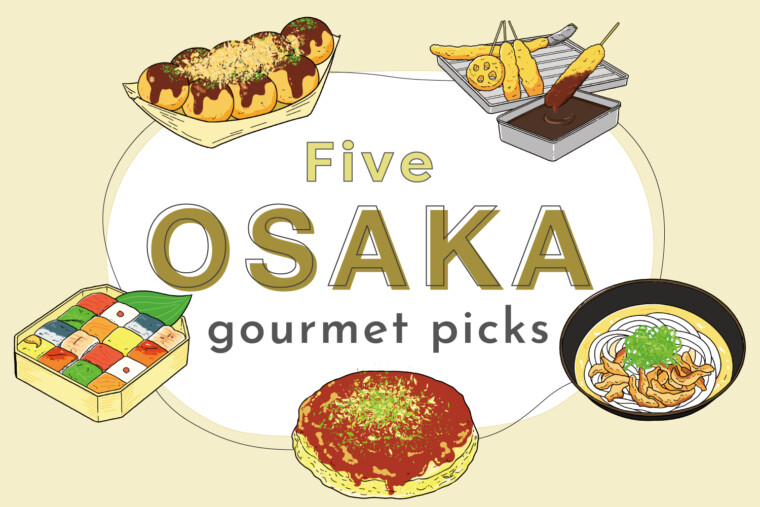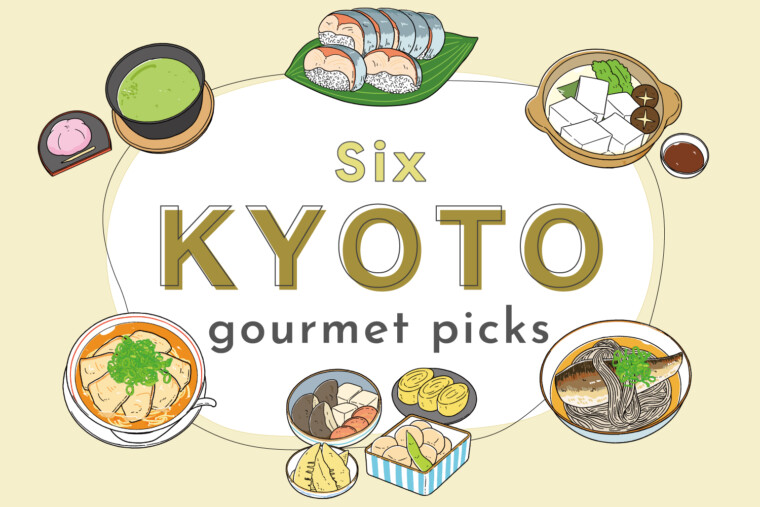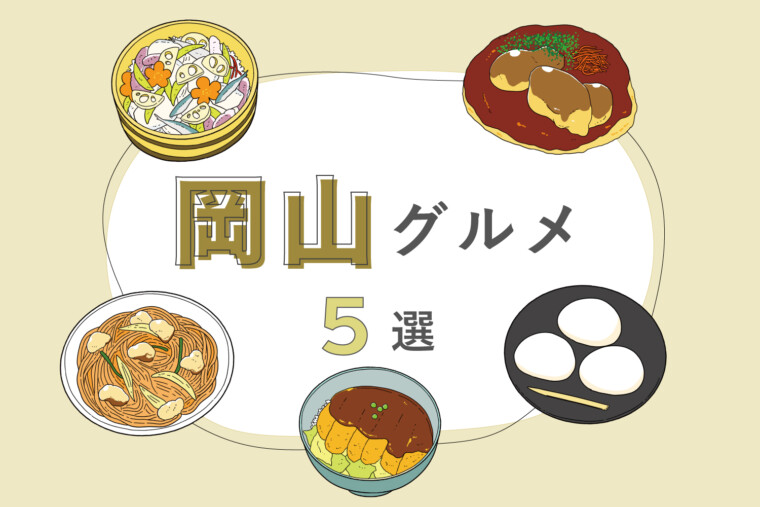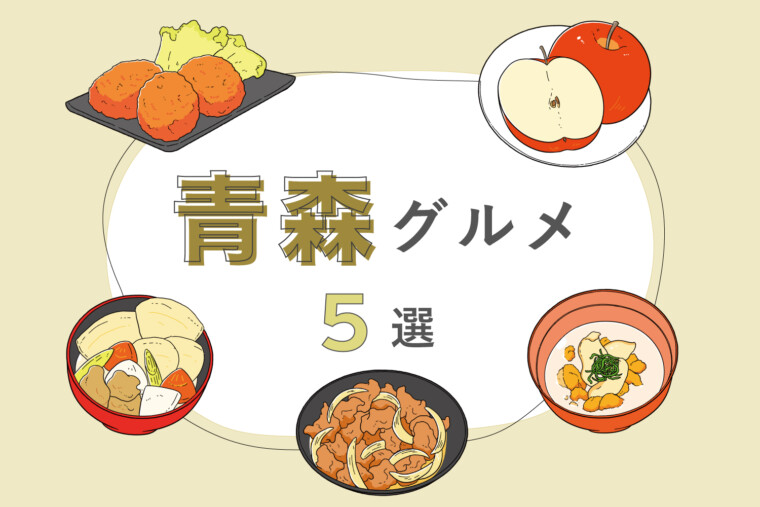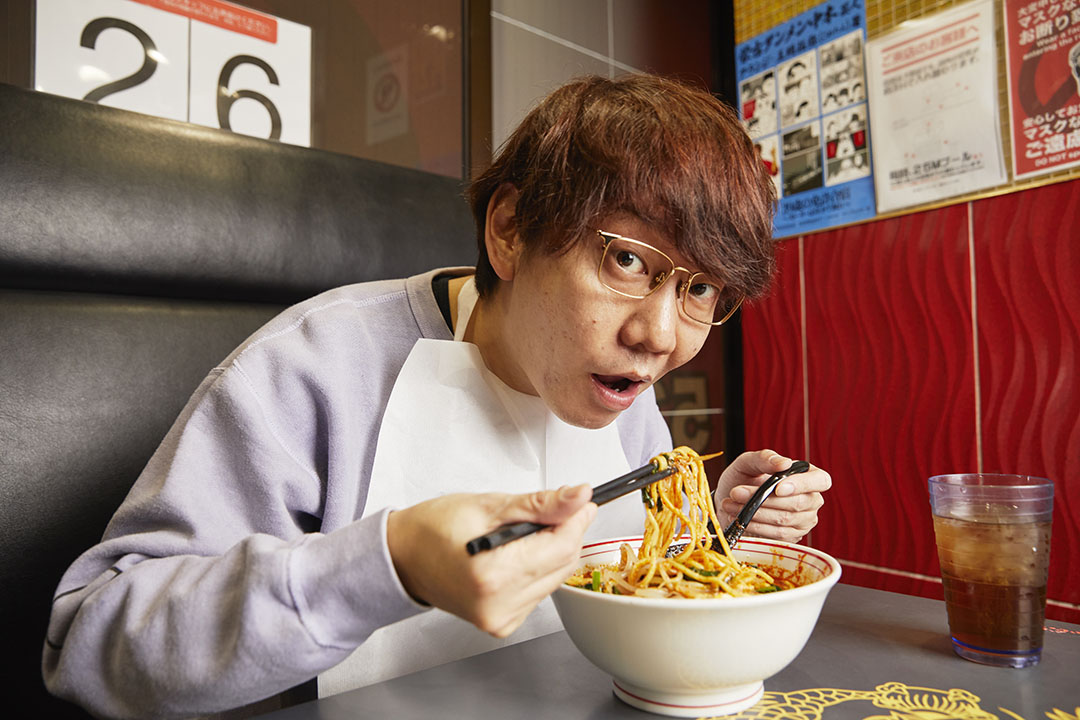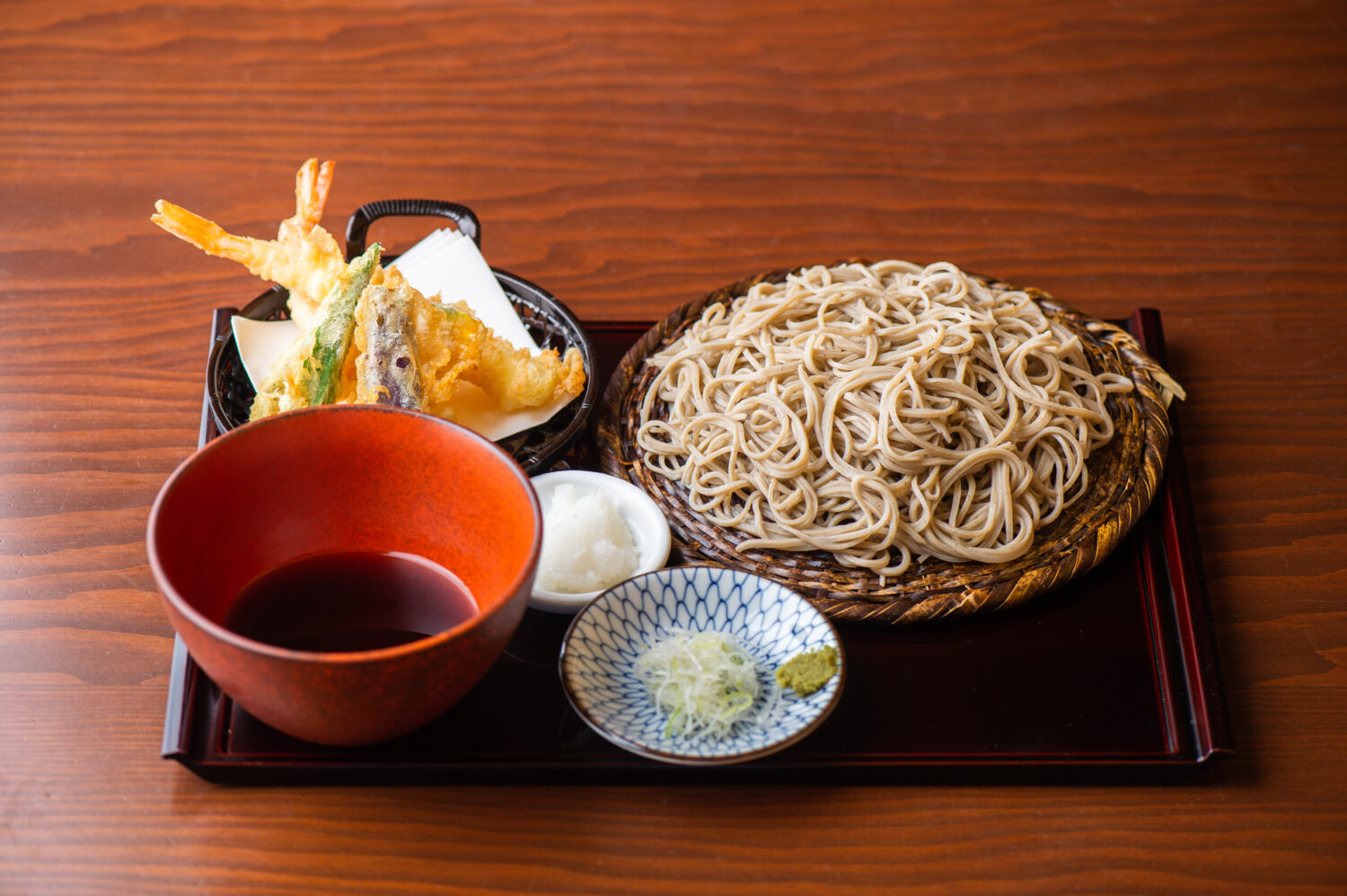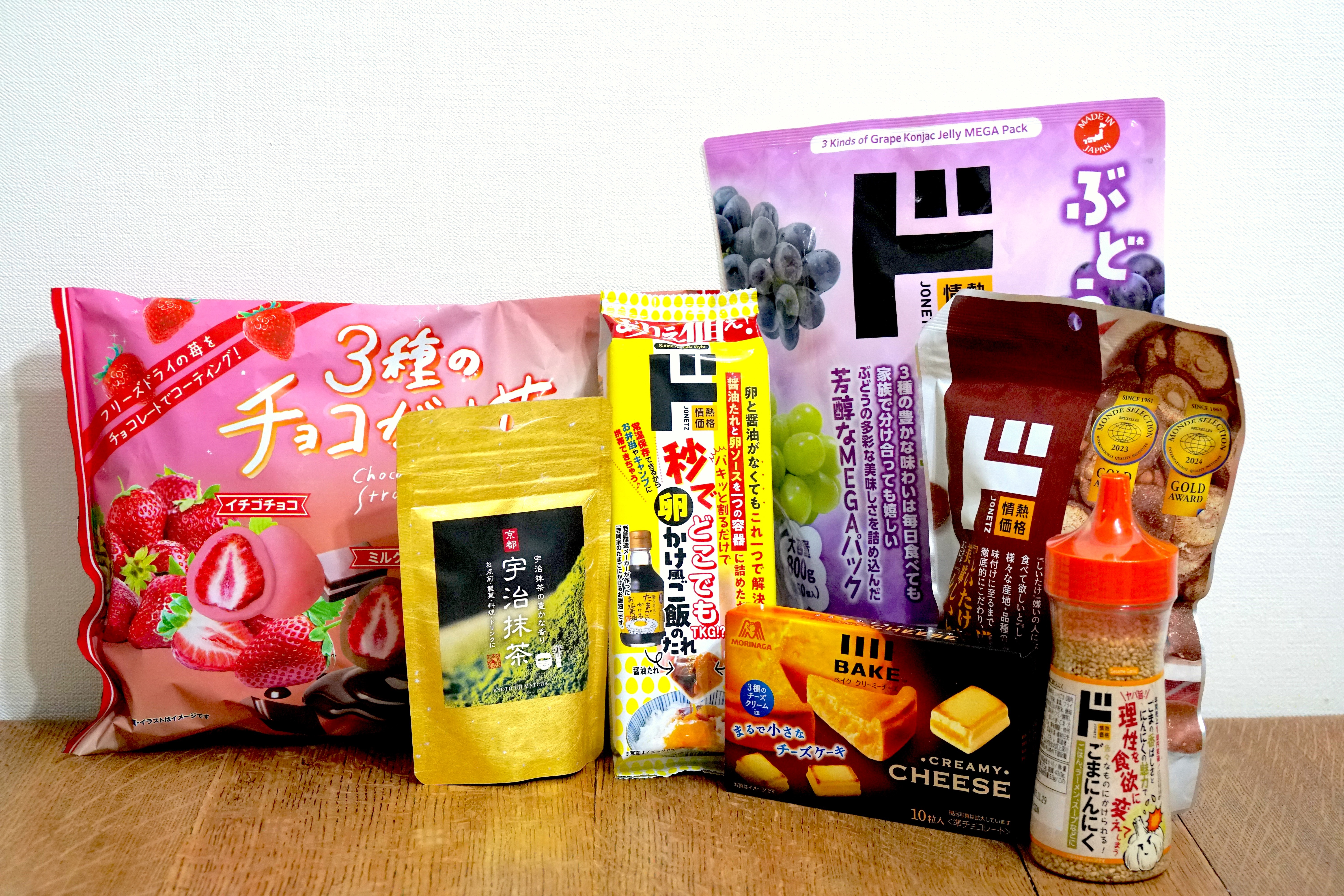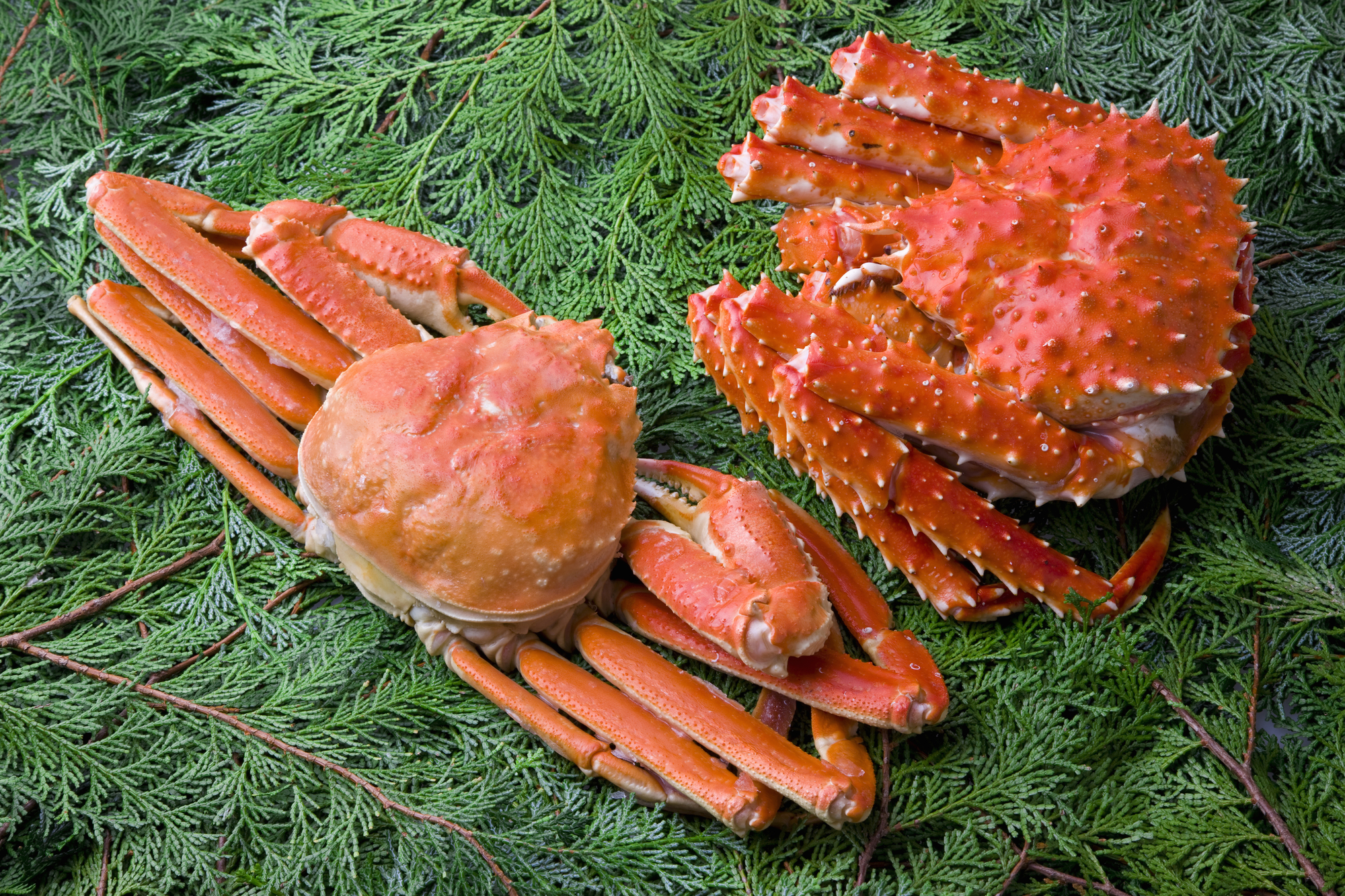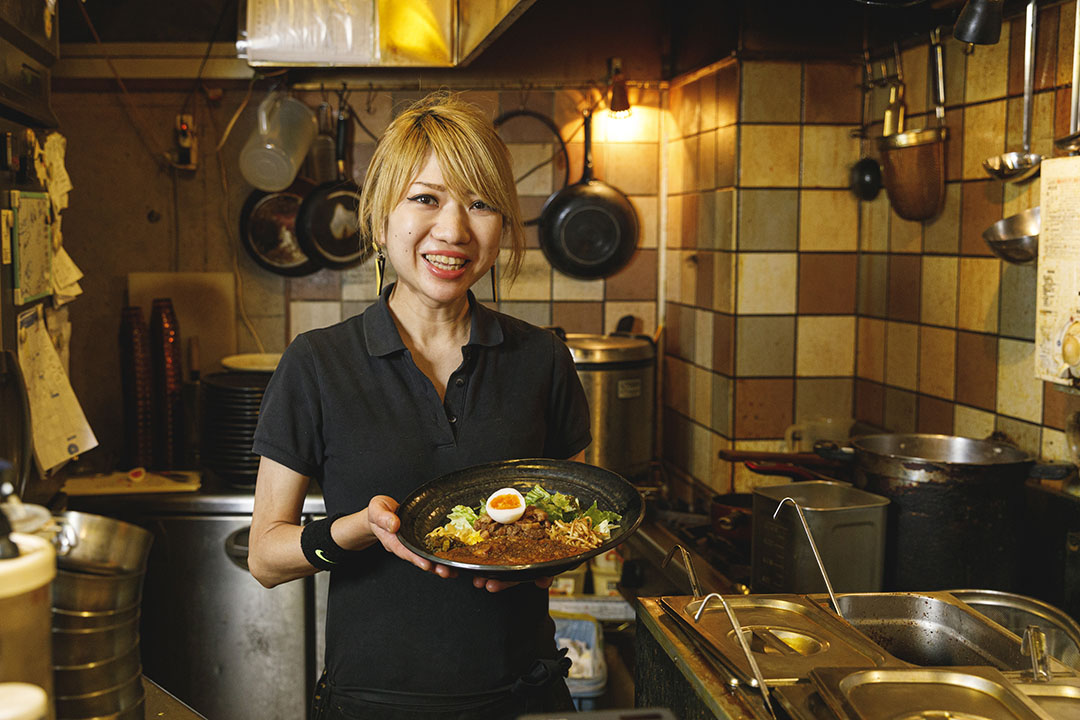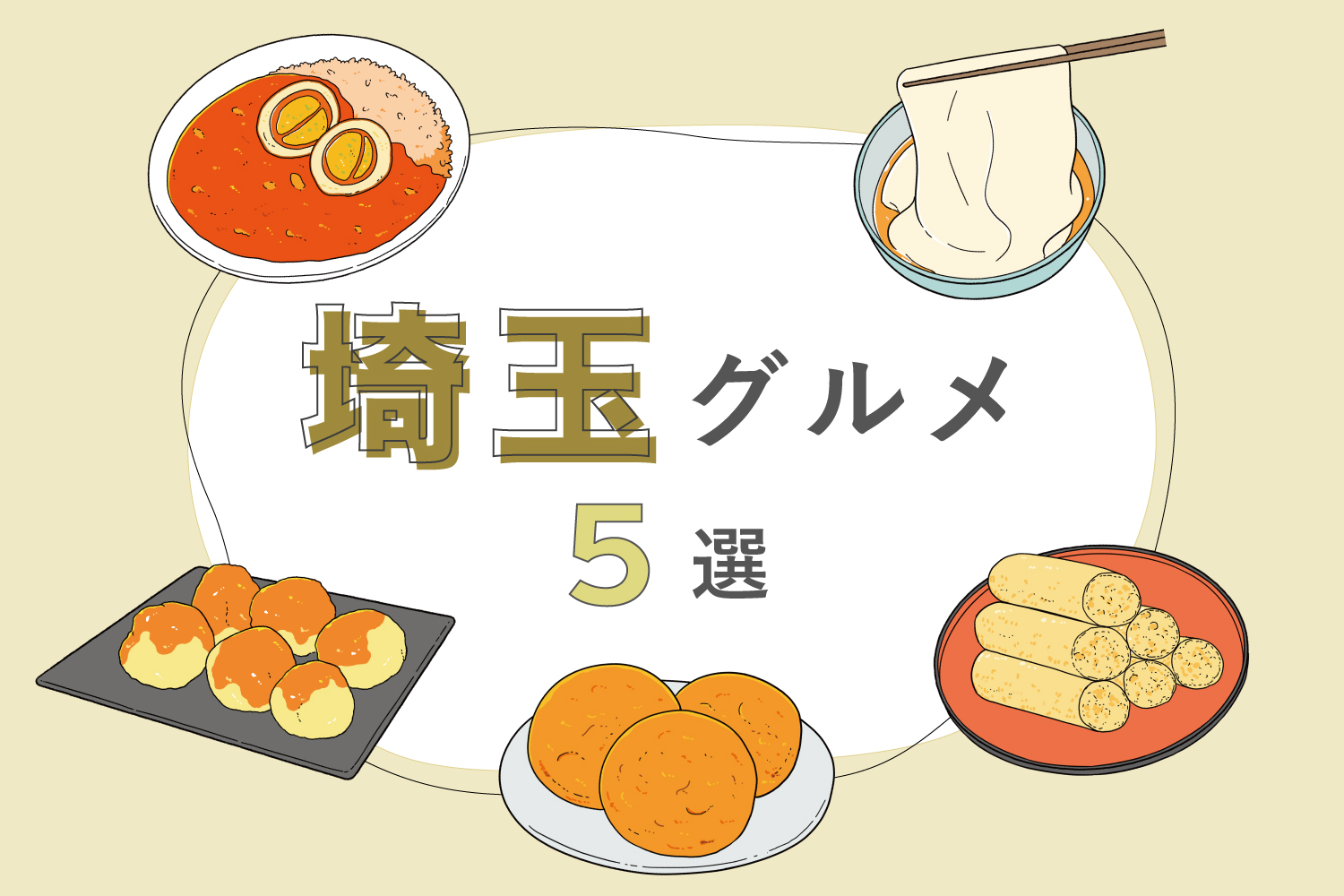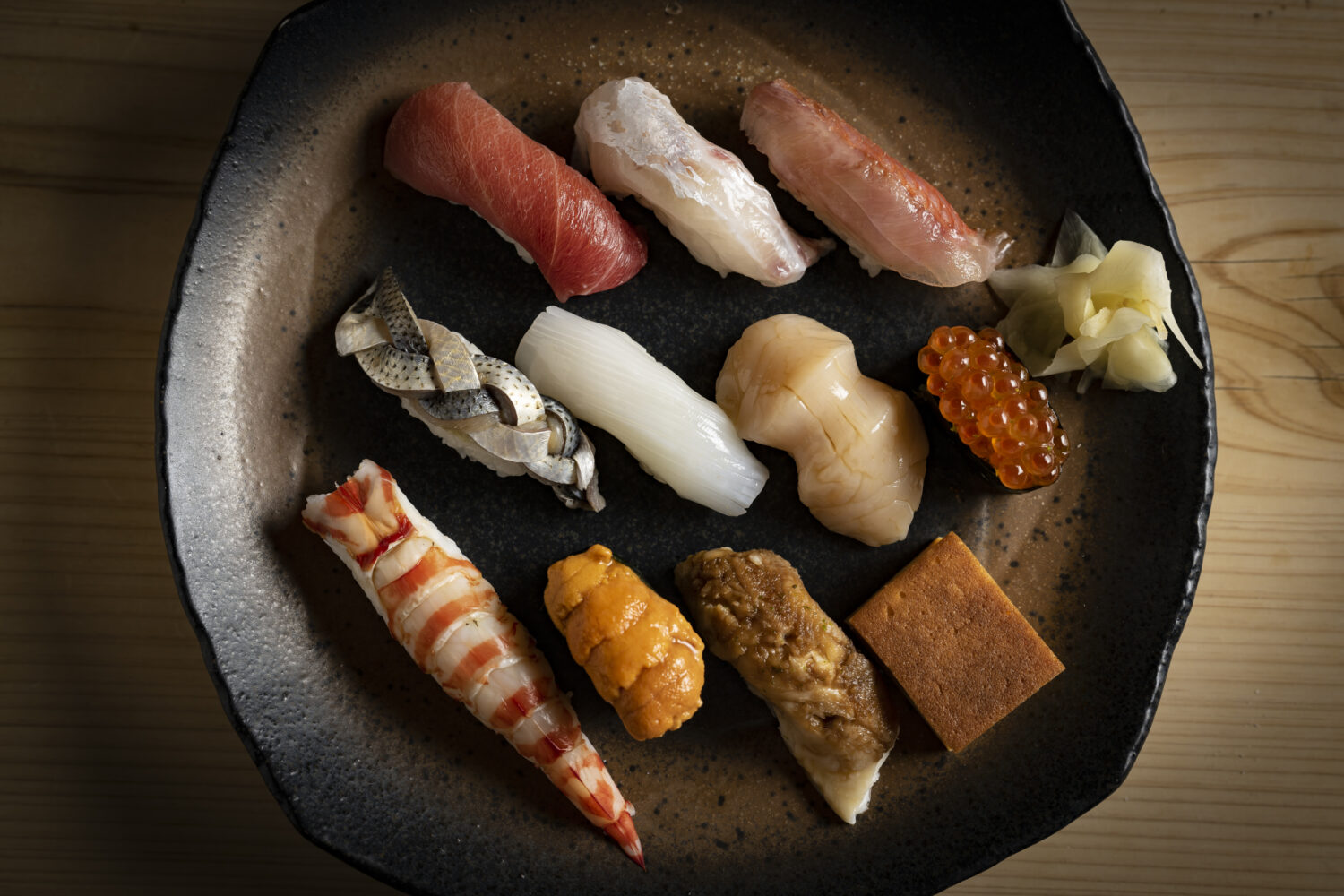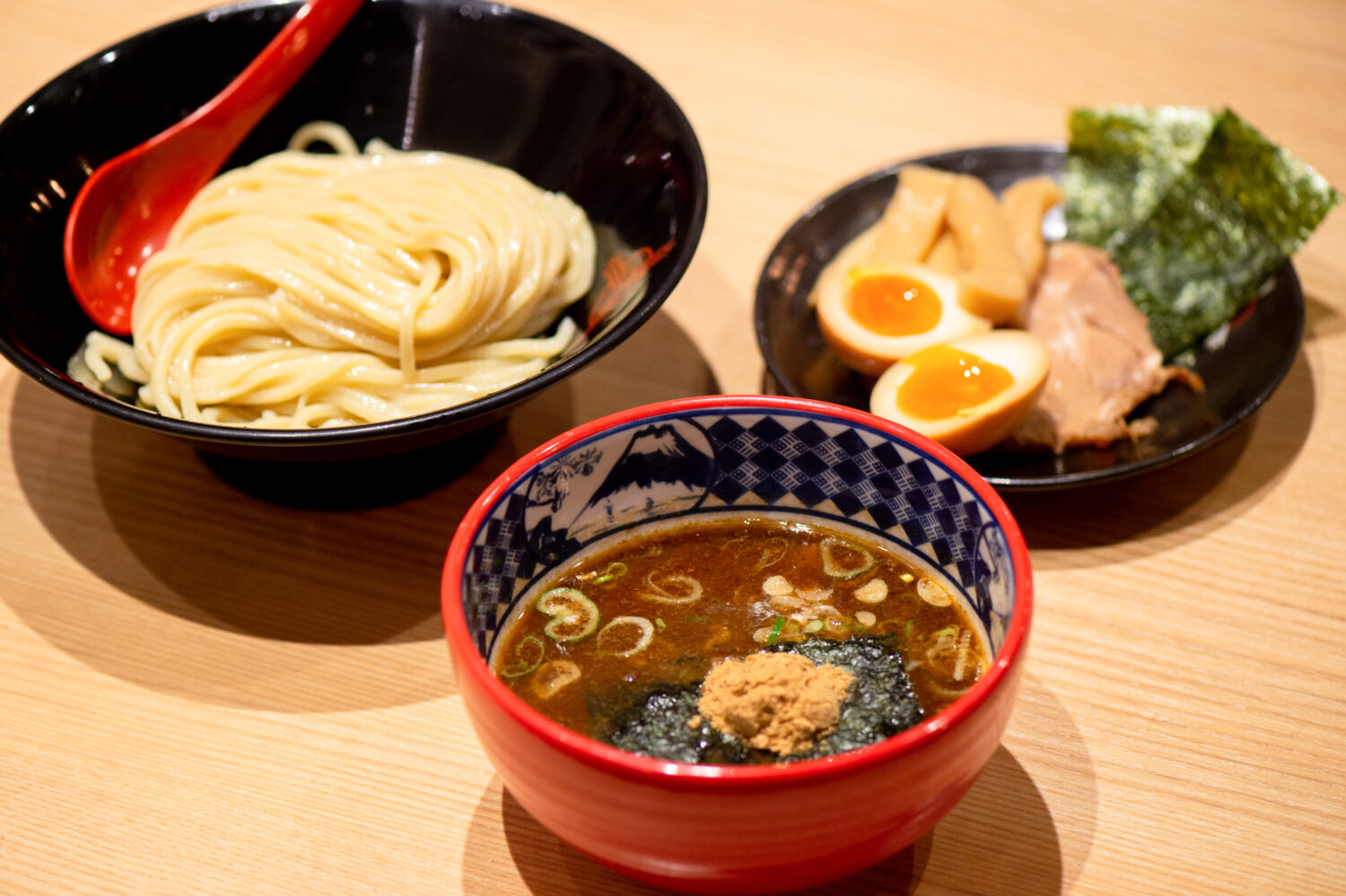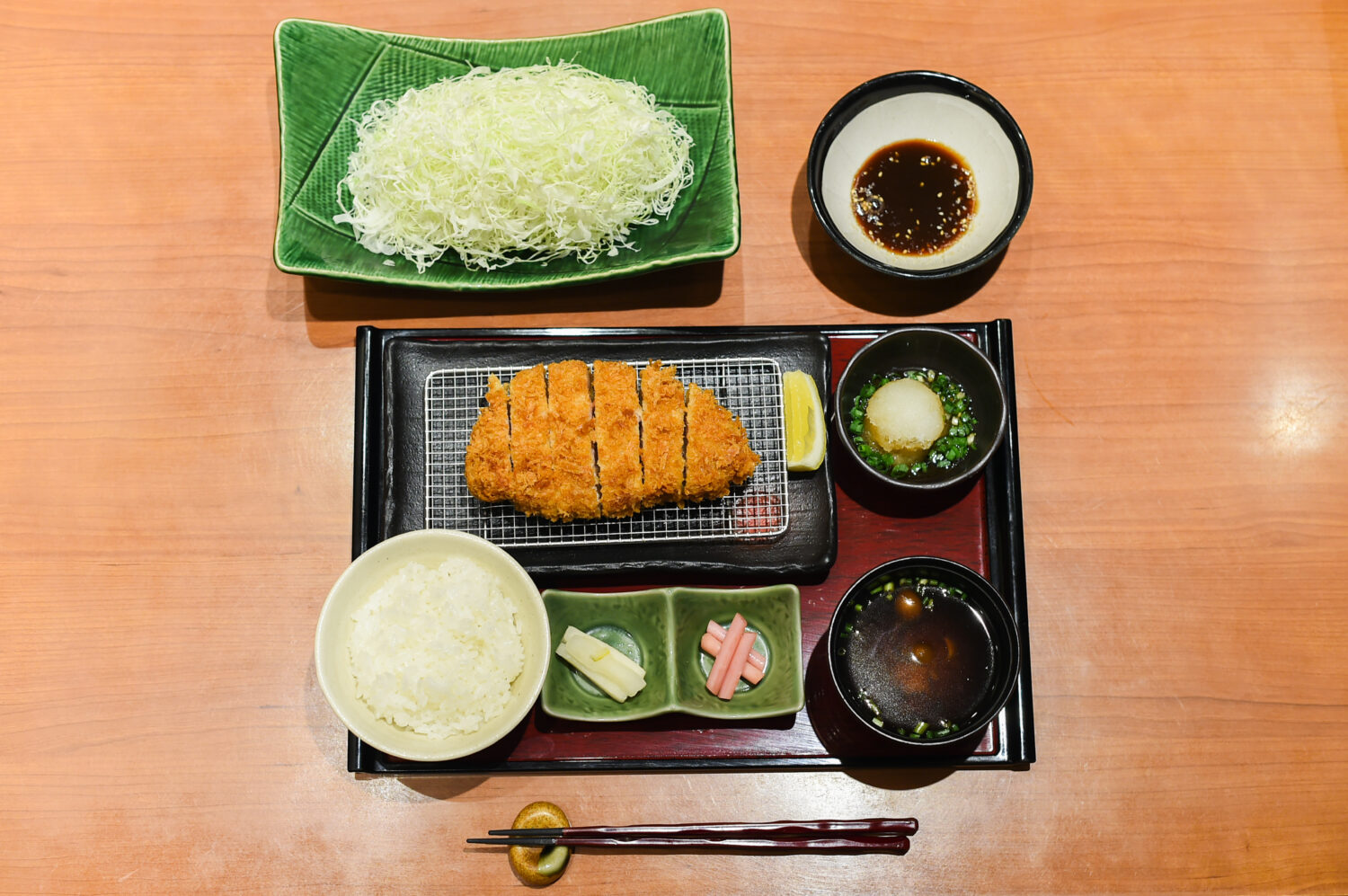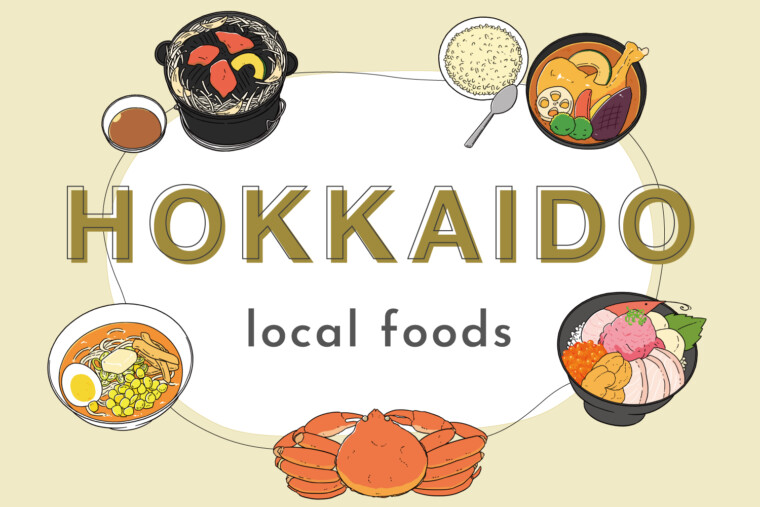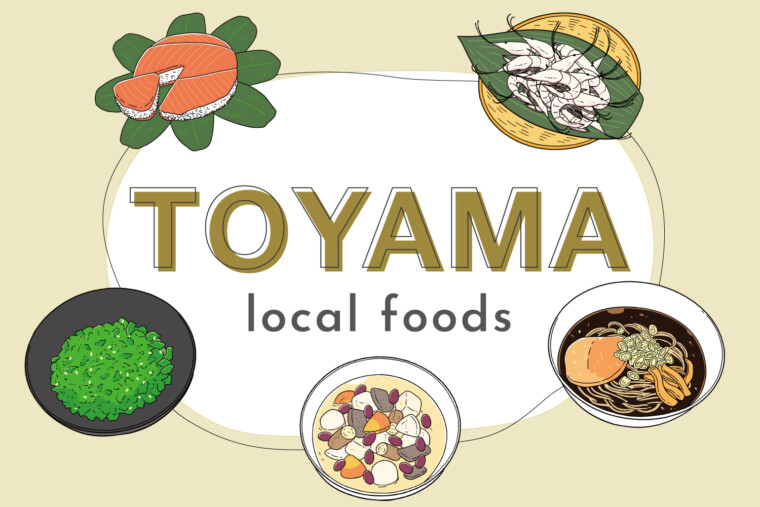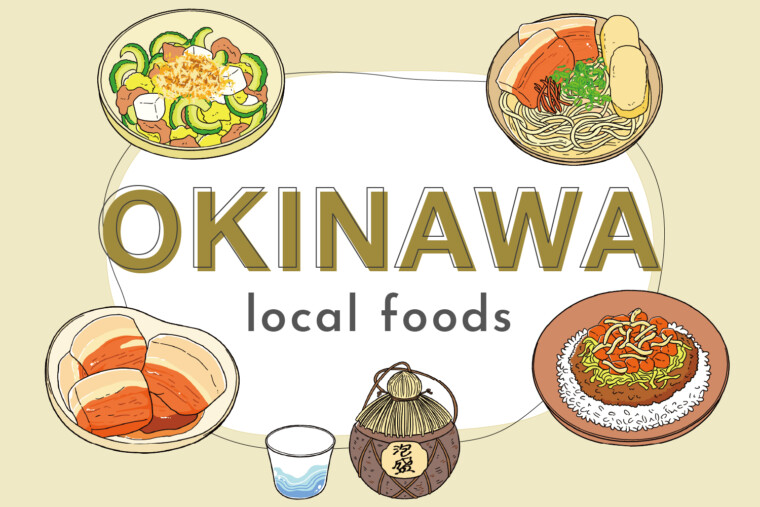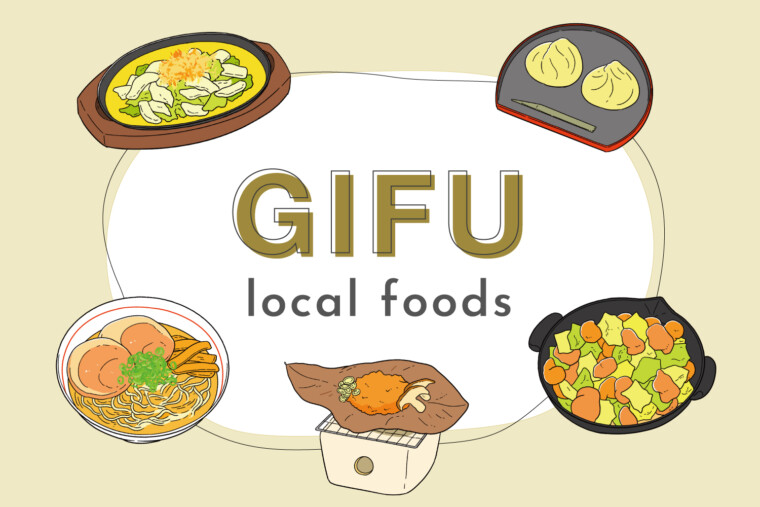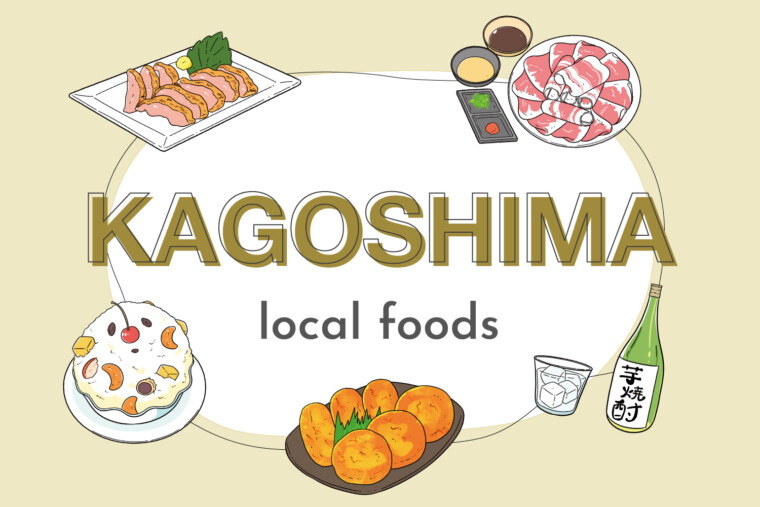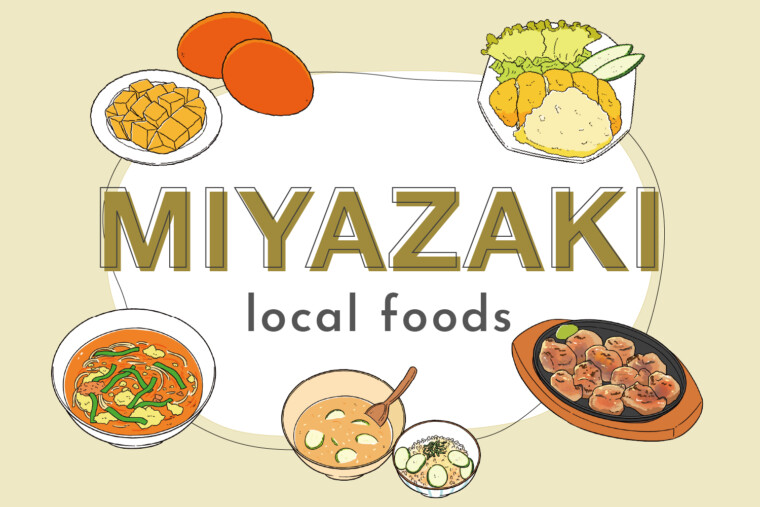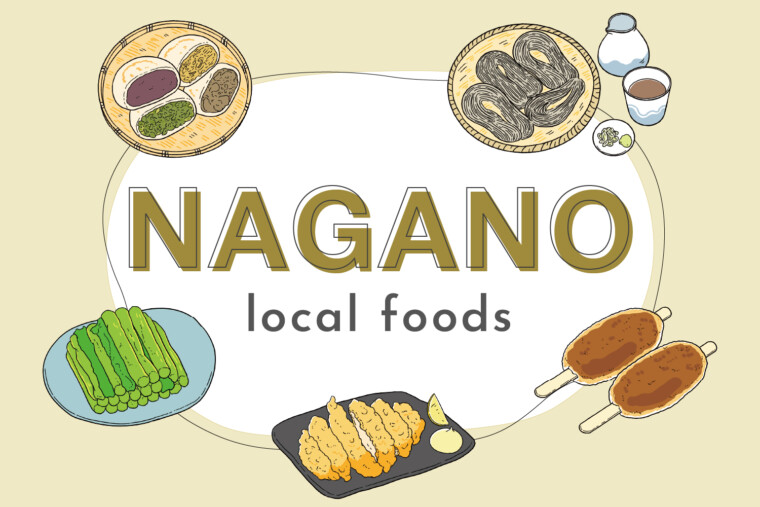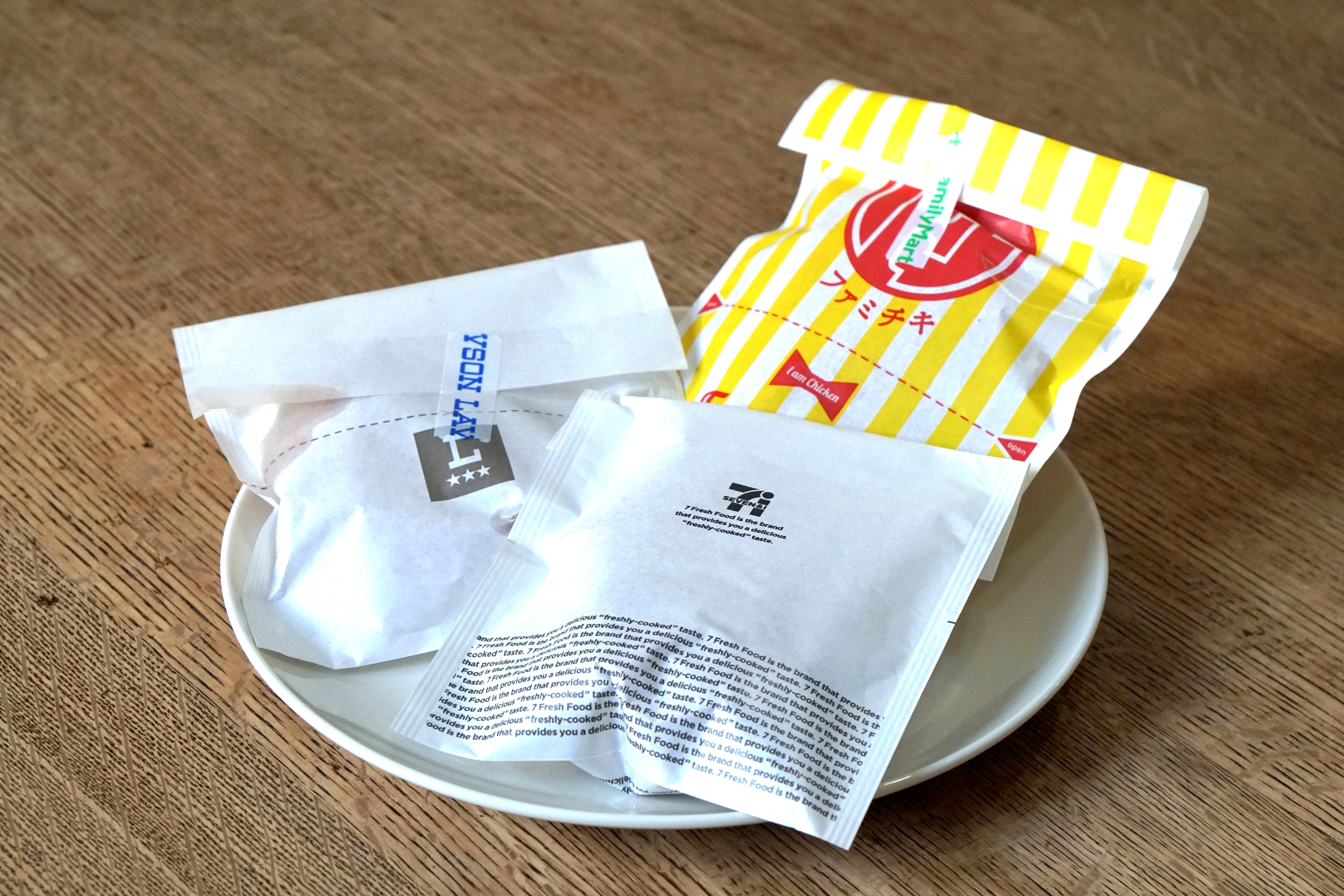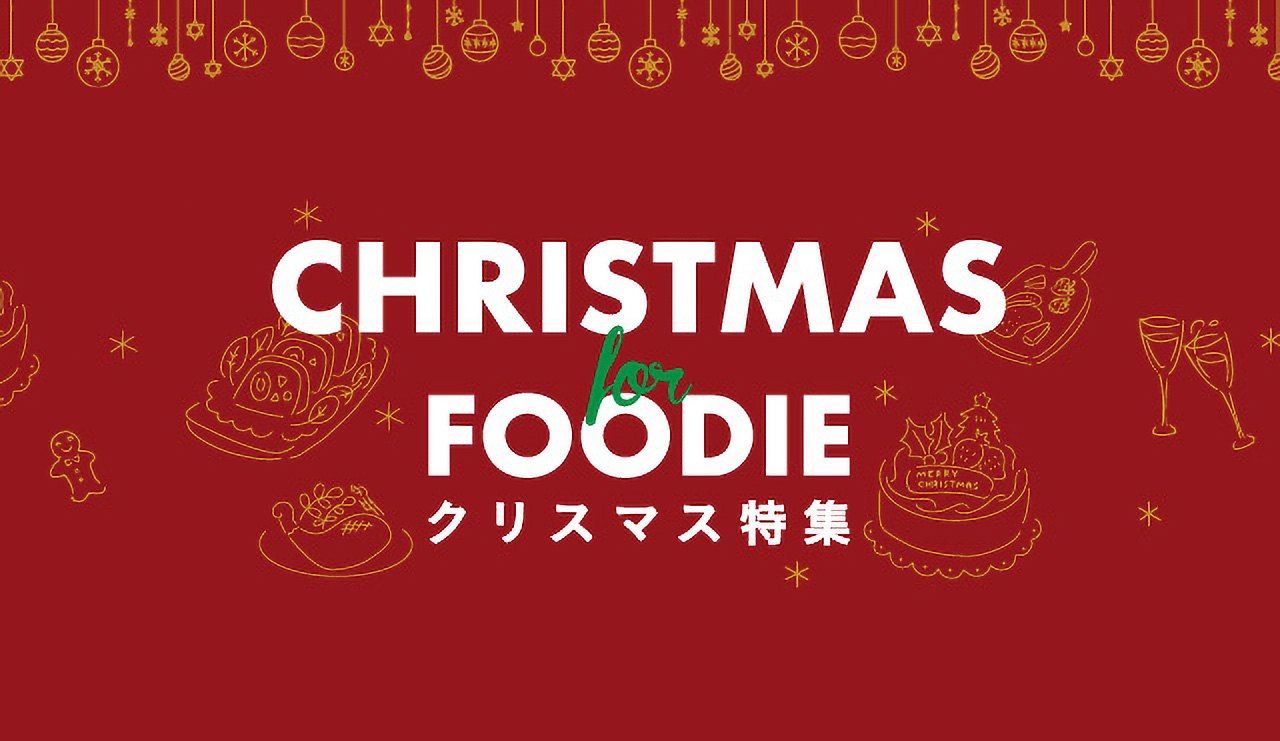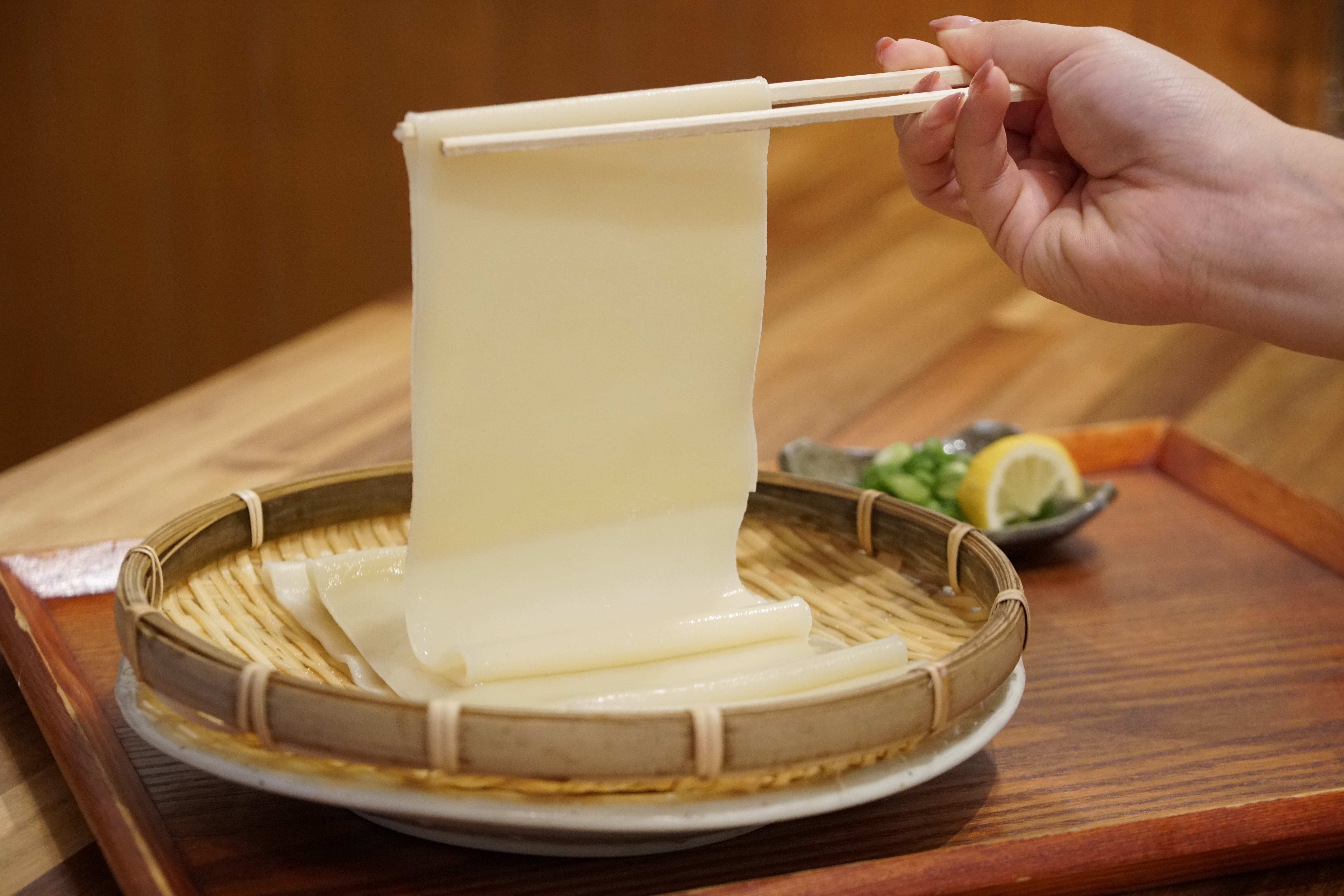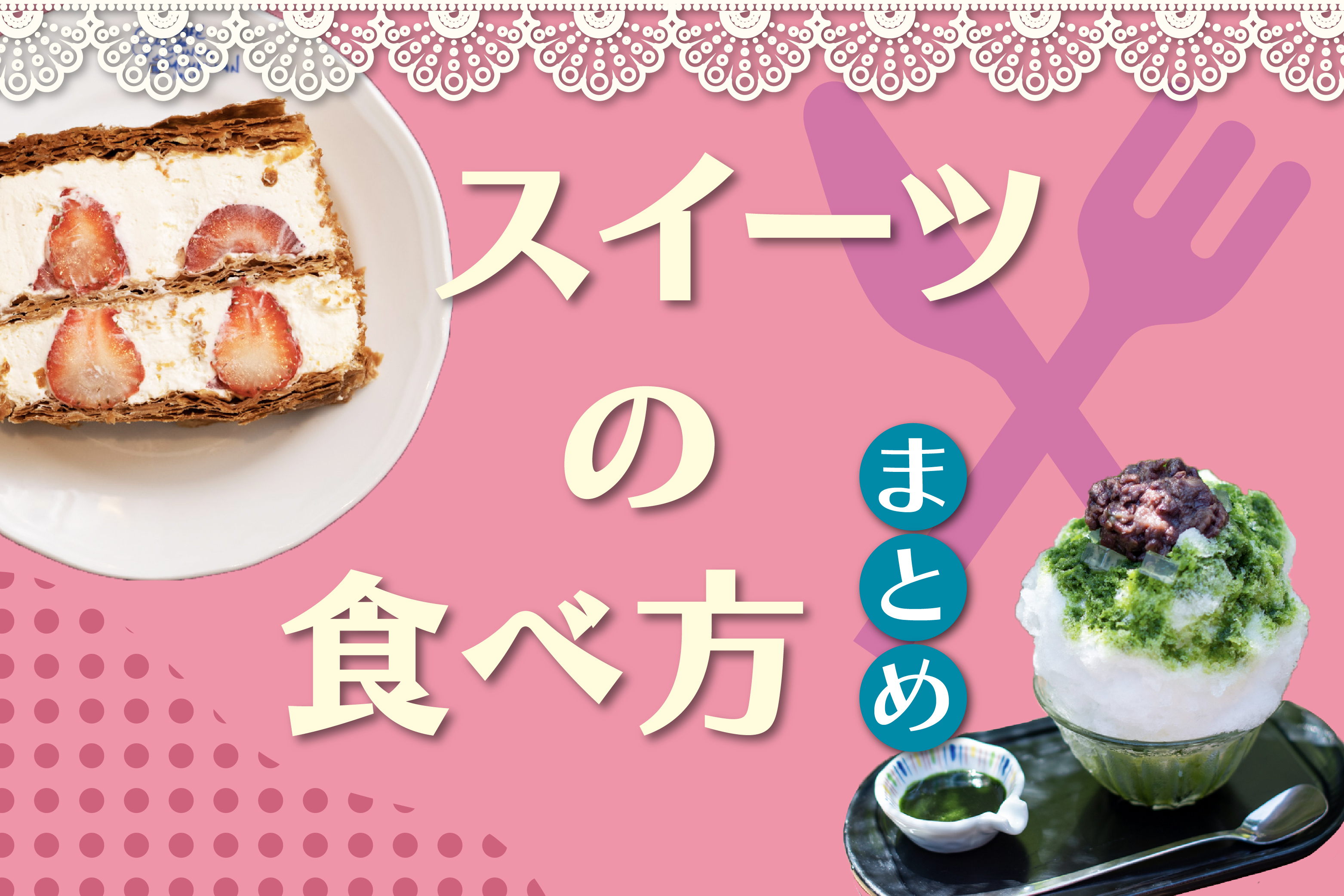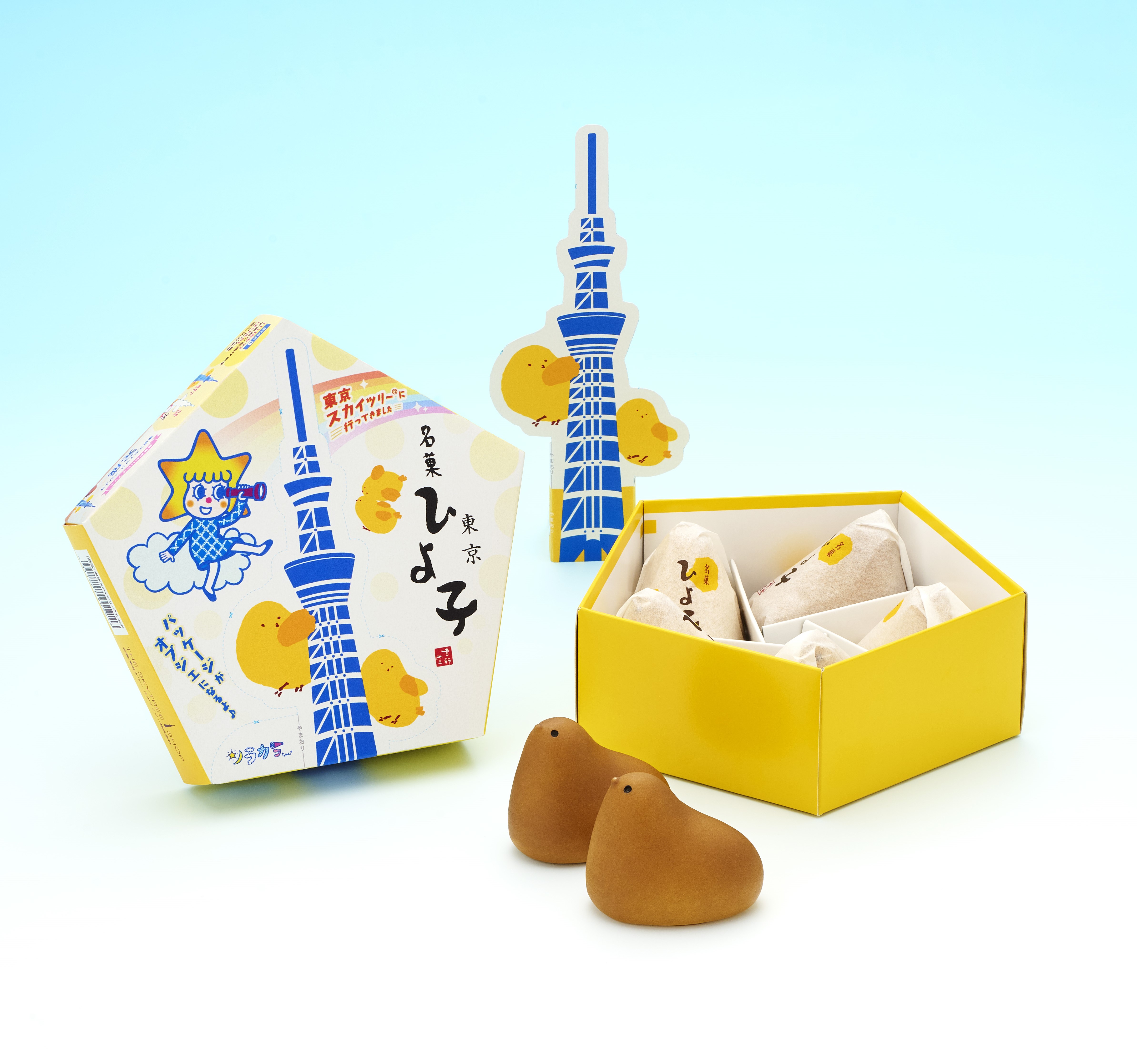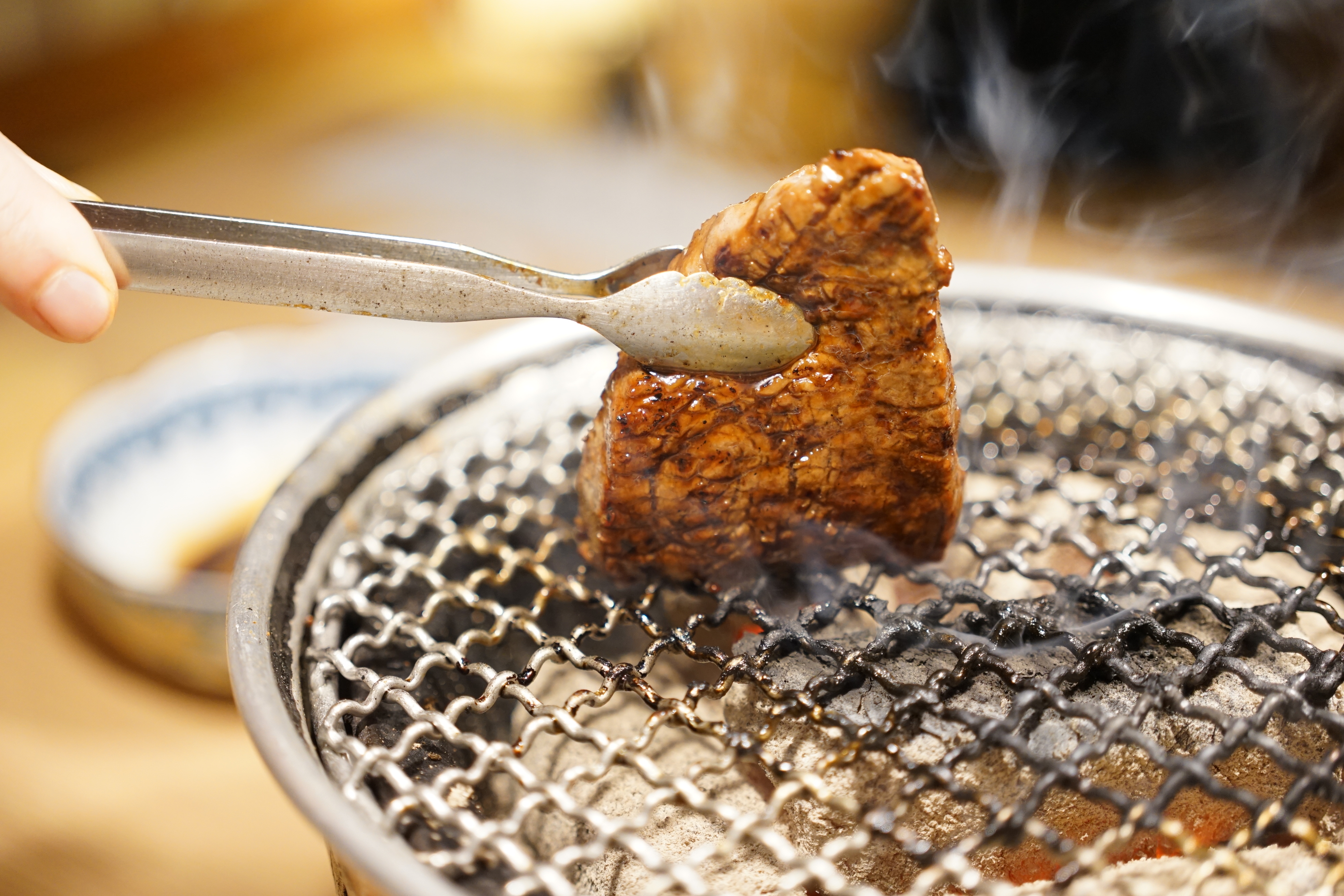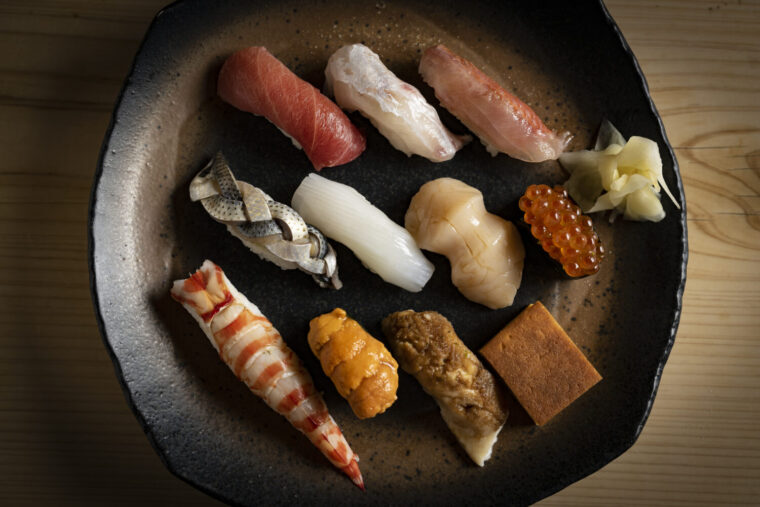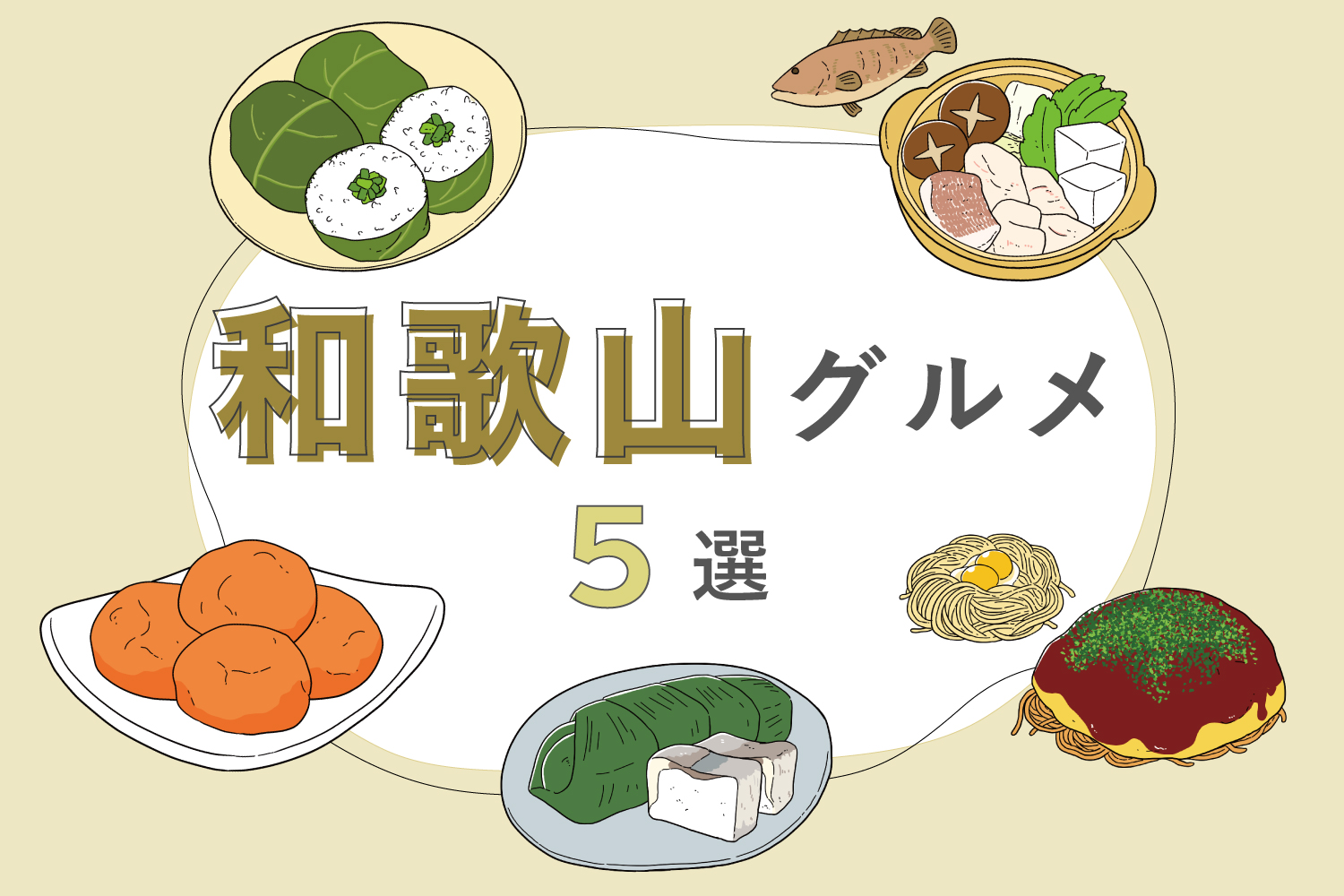
Traditional Wakayama Foods You Must Try: Mehari Sushi, Kishu Ume, Nare Sushi, Kue Nabe & Sechi-yaki
Wakayama is often called the “Kingdom of Fruit” thanks to its thriving fruit cultivation. In addition, the warm climate brought by the Kuroshio Current supports a flourishing fishing industry. Here in Wakayama, blessed with the gifts of nature, you can find unique local specialties such as Mehari Sushi, Kishu Ume plums, and Nare Sushi.
share:
Table of Contents
“Mehari Sushi” You Could Eat in One Big Bite
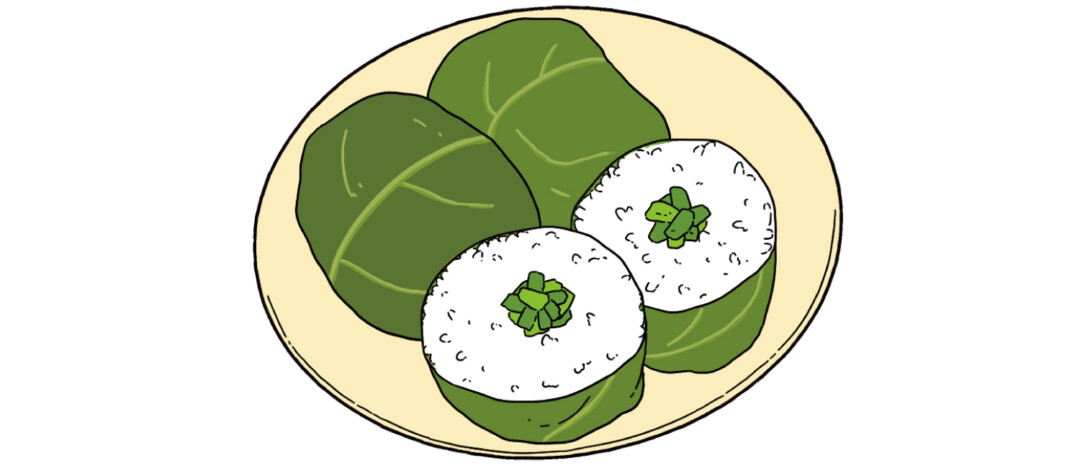
“Mehari Sushi” is a large rice ball wrapped in pickled takana leaves. Recently, smaller versions have appeared to make it easier to eat. The fillings vary, including takana stems, bonito flakes, and pickled plums. Harvested takana is pickled around January or February, and it can be stored until around November. It was originally created so that it could be easily eaten while fishing or working in the mountains. The name “Mehari Sushi” is said to come from either “opening your mouth wide enough to make your eyes bulge” or from “flavors so delicious they make your eyes open wide.”
Japan’s Top Producer! “Kishu Ume” Plums
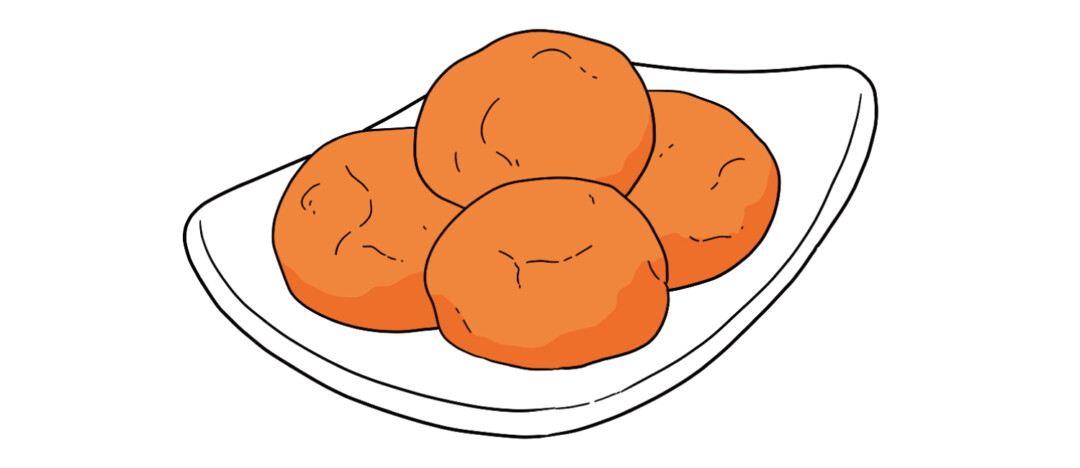
Back in the Edo period, plum cultivation began on poor farmland where other crops struggled to grow. With its warm climate and sunlit low mountains, Wakayama proved ideal for plum production, and it soon flourished. Today, Wakayama accounts for 60% of all domestically produced plums in Japan. The fruits are harvested around June and processed into pickled plums, plum wine, jams, and more. Among the various brands, “Nanko Ume,” originally from Minabe Town, is considered top-grade for its soft skin, thick flesh, and large fruit.
For Festivals and Celebrations: “Nare Sushi”
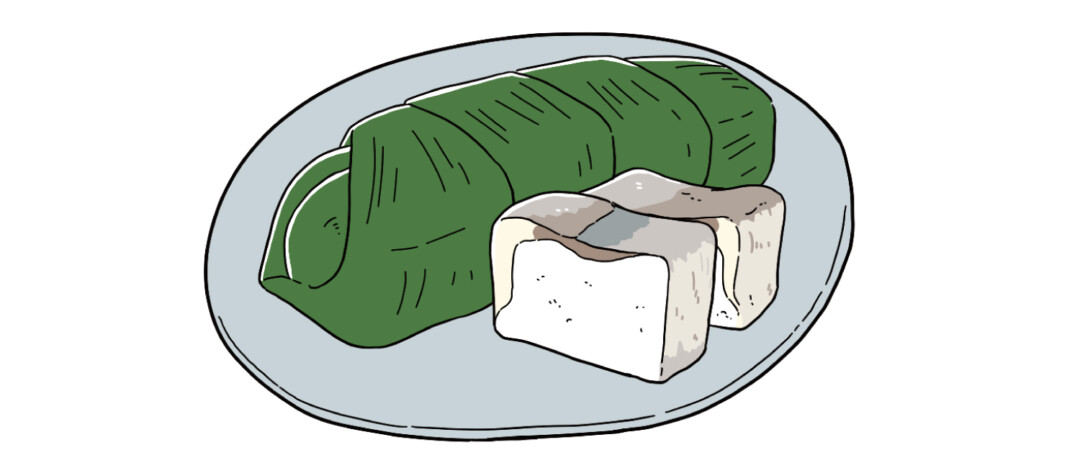
“Nare Sushi,” a traditional Japanese dish, is found in regions across the country. Wakayama’s version is especially approachable and is known as one of the “Three Great Nare Sushi of Japan.” In Wakayama, mackerel is split open and salted for over a month, then desalted overnight. Firmly cooked rice is shaped into balls, topped with the mackerel, and pressed together. The sushi is then wrapped in bamboo leaves or ferns and tied with string before being placed in a barrel, weighted, and left to ferment for 5–7 days. Once it develops the unique aroma of nare sushi, it is ready. Carefully prepared, this dish is often served as a special feast for regional events and celebrations.
Savor the Rare Fish in “Kue Nabe” Hot Pot
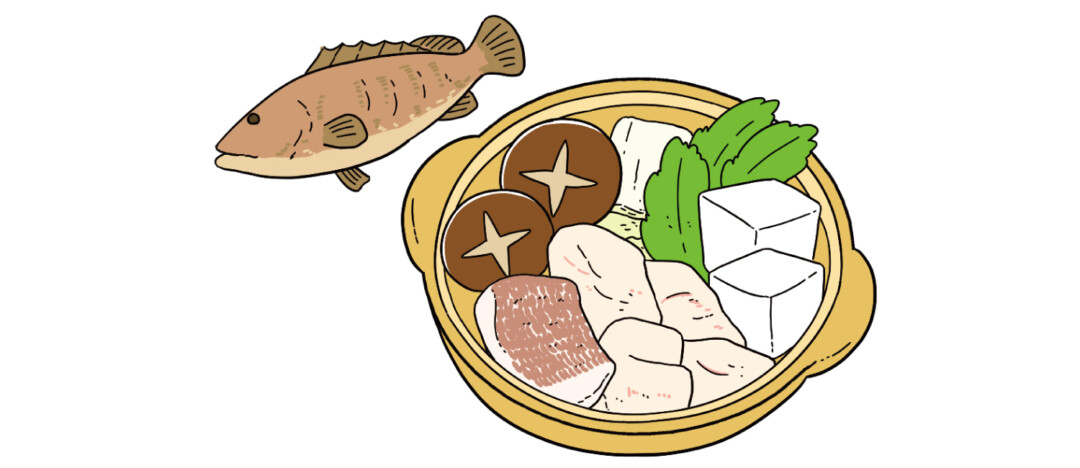
“Kue Nabe” is a hot pot dish featuring the “Kue,” a grouper species that can grow to over a meter in length. The fish is simmered together with vegetables such as chrysanthemum greens and Chinese cabbage, then enjoyed with ponzu sauce and condiments. Its fatty flesh offers a refined sweetness, and it is said that “once you eat Kue, no other fish will do.” Due to its rarity, it is often called the “phantom fish.” Low in calories but rich in protein and collagen, it is also valued for its beauty benefits. Its season runs from summer through winter, making it a perfect hot pot delicacy during the cold months.
Making It “Sechigoute”: “Sechi-yaki”
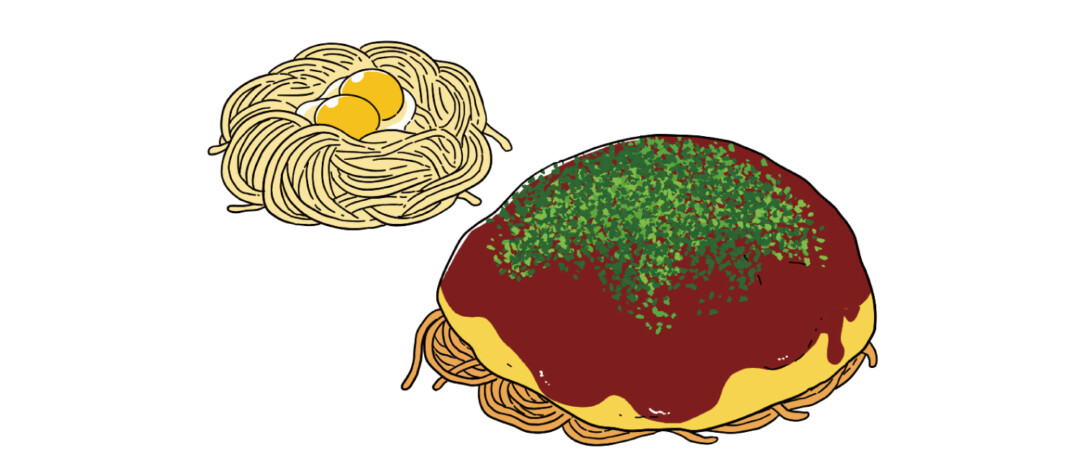
“Sechi-yaki” is a dish where fried noodles are bound only with eggs—without using flour—then cooked into an okonomiyaki-like form. Interestingly, the word “sechi” comes from the Wakayama dialect “sechigau,” which means “to mix up in a messy way.” The noodles are mixed with beaten eggs until combined, then pan-fried on both sides until the eggs are just half-cooked. Topped with sauce, aonori, and mayonnaise, it is ready to enjoy. Since eggs, not flour, hold it together, it has a unique texture that sets it apart from regular okonomiyaki.
*The information is based on the time of reporting or creation, and may differ from the current situation.
tags:
share:










